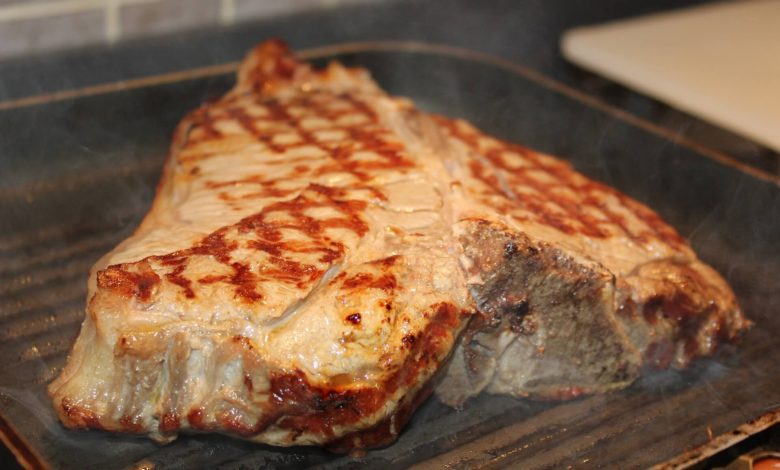What is Culture Meat?

The meat consumed today is obtained from animals raised on the farm. But the work of scientists is gradually changing this. For example, “in vitro” hamburgers can be made in the laboratory without cattle. Discussions are no longer about how to make it but how to produce the best and tastiest. Some advocate using animal cells, others using plant cells. But ultimately, regardless of the source, their goals are the same: to achieve tasty, environmentally friendly meat that can feed more human populations.
New Meat Sources
The idea of growing beef in the laboratory began in the 1890s. However, what seemed like this science fiction fantasy came true in 2013. Mark Post introduced his television audience to the hamburger he prepared in the laboratory with “culture meat” based on animal cells. But this first hamburger cost more than $ 300,000. Surely he expected no one to buy a hamburger for a small plane price. Its aim was to show that it was possible to grow real cow cells in a laboratory without the need for a large farm or a cow.
The goal of other scientists who want to produce “meat” from plants is certainly not to create a good “veggie hamburger”. Patrick O. Brown, one of these scientists, doesn’t like this term at all. Veggie burgers are made directly from herbs and resemble a hamburger only in appearance. The flavors are quite different from the hamburger made with meat. Brown’s aim is to produce very tasty burgers with “plant culture”. That is, by identifying the proteins and other molecules that provide the meat’s texture and flavor, each important ingredient is obtained from some non-animal sources.
Reasons for “Laboratory Meat” Research
Bruce Friedrich says that looking at how modern agriculture produces “real” meat, these giant industrial animals are squeezing very tightly, animal waste is causing great damage to the environment, and with the rapidly growing world population, it has become increasingly impossible to feed the ever-increasing number of animals for meat. But for lab meat to replace real meat, it must first be affordable, but also tasty. Gary Beauchamp says taste preferences are starting to form in the mother’s womb. Tests have proven that the food a mother eats during pregnancy determines what the baby will like to eat.
According to Oxford University biologist Charles Godfray and his colleagues, meat production is one of humanity’s most environmentally affected activities. Greenhouse gas from livestock accounts for more than one-seventh of all gases emitted by human activities. On the other hand, the health effects of eating culture meat are not yet fully known. However, plant-based meats can prevent many of the unhealthy saturated fats found in traditional meat.
Difficulties in the Production Process
Once a muscle fiber cell has matured, it cannot divide in two. So to build muscle, you have to start with immature cells. The most flexible are stem cells. They can grow in many forms and divide many times. However, such “pluripotent” cells are more difficult to control than other cells in the process of muscle formation. Another challenge of building any tissue in the lab is getting the blood vessels to reach. Muscle cells cannot develop a certain thickness without the vessels supplying oxygen and nutrients to the cells.
Cell biologist Chris Dammann also says many of these cells “don’t like to be isolated.” During their normal development, cells communicate with each other and want to know exactly “where they are”. They can also self-destruct when confused in the laboratory environment. However, cells look for more than a suitable environment and require nutrients and other substances for regular growth. For this purpose, scientists use cultures that are produced from blood plasma collected from calf fetuses and known as fetal serum, costing hundreds of dollars a liter. This increases the cost of producing meat in the laboratory. But, serum is not the only problem. In order to produce large quantities of meat, scientists also need large systems known as “bioreactors”.
Despite all these difficulties, interest in cultural meat is growing rapidly. Apart from beef, there are also products such as seafood, poultry, egg-free egg whites and milk among the cultural products planned to be produced in laboratories.





